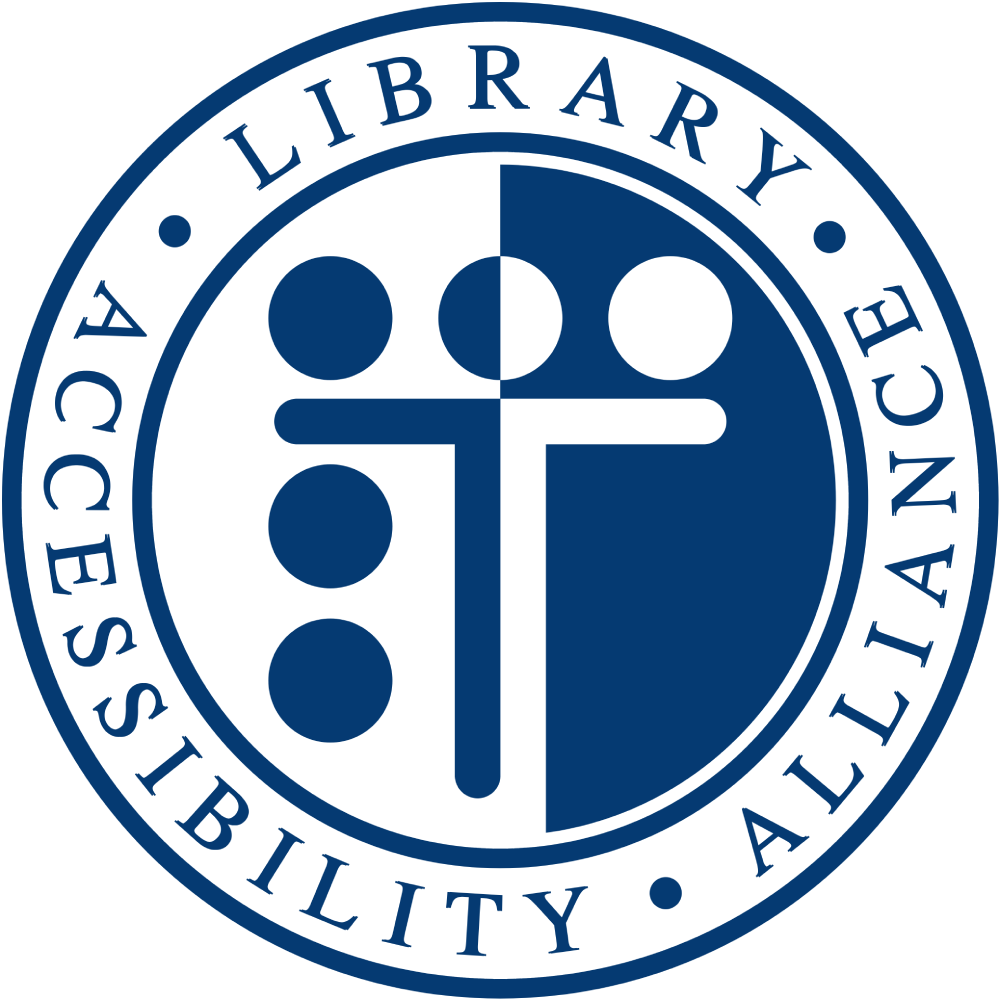Accessiblü conducted a high-level accessibility evaluation of the BioOne Digital Library platform to assess its usability for individuals with disabilities. The review was conducted using the JAWS screen reader, keyboard-only navigation, and manual inspection for conformance to select WCAG 2.2 AA success criteria.
Top 3 Issues Identified
- Image-Based PDFs for Journal Articles
- Downloaded journal articles are saved as image PDFs rather than accessible text-based PDFs.
- Impact: Screen reader users cannot access the actual content of journal articles, which is the platform's primary purpose. This effectively renders the platform's core functionality unusable for screen reader users.
- WCAG Success Criteria: 1.1.1 Non-text Content (A), 1.4.5 Images of Text (AA)
- Inaccessible Filter Controls in Search Results
- Filtering options on search results pages (checkboxes for collection, year, access, etc.) are not programmatically accessible to screen readers and are announced only as static text.
- Impact: Screen reader users cannot refine their search results, forcing them to navigate through potentially thousands of irrelevant results.
- WCAG Success Criteria: 4.1.2 Name, Role, Value (A), 2.1.1 Keyboard (A)
- Missing Submenu State Information
- Navigation menus with submenus don't announce their expanded/collapsed state, and submenus are not accessible via keyboard navigation.
- Impact: Screen reader users are unaware that submenus exist, and keyboard-only users cannot access important sections of the website.
- WCAG Success Criteria: 4.1.2 Name, Role, Value (A), 2.1.1 Keyboard (A)
Disabilities Impacted
Blind and Low-Vision Users
- Issues: Missing alternative text for images, inaccessible PDFs, unlabeled form controls, inconsistent navigation patterns, lack of state information for interactive elements, and improper heading structures.
- Impact: Screen reader users may be unable to understand page content, navigate effectively, or interact with many of the platform's core functions. Most critically, they cannot access the actual journal content itself since it is provided in image-based PDFs, rendering the platform's primary purpose inaccessible.
Users with Motor Disabilities
- Issues: Keyboard focus is not always visible, focus order is unpredictable, and some interactive elements are not keyboard accessible.
- Impact: Keyboard-only users face significant barriers when navigating the site. Focus frequently jumps to unexpected locations, and interactive elements like dropdown menus and filter options cannot be consistently accessed without a mouse.
Neurodiverse Users
- Issues: Inconsistent UI patterns, unpredictable behavior when activating controls, lack of feedback when actions are taken, and overwhelming interface without clear organization.
- Impact: Users with cognitive disabilities will struggle to develop a mental model of how the interface works due to inconsistent patterns and behavior. The lack of clear feedback and status updates creates additional cognitive load, making the platform difficult to use effectively.
 Library Accessibility Alliance
Library Accessibility Alliance